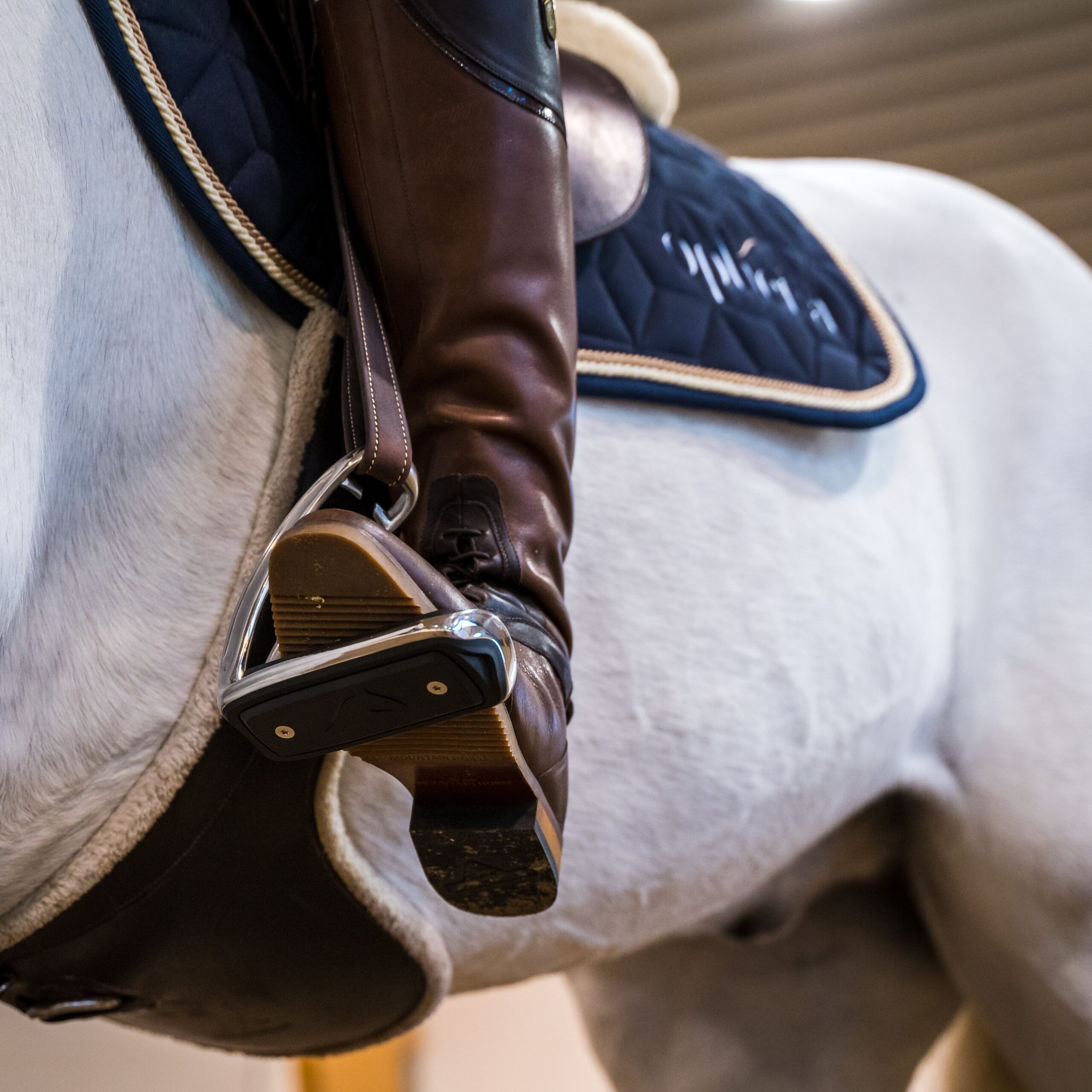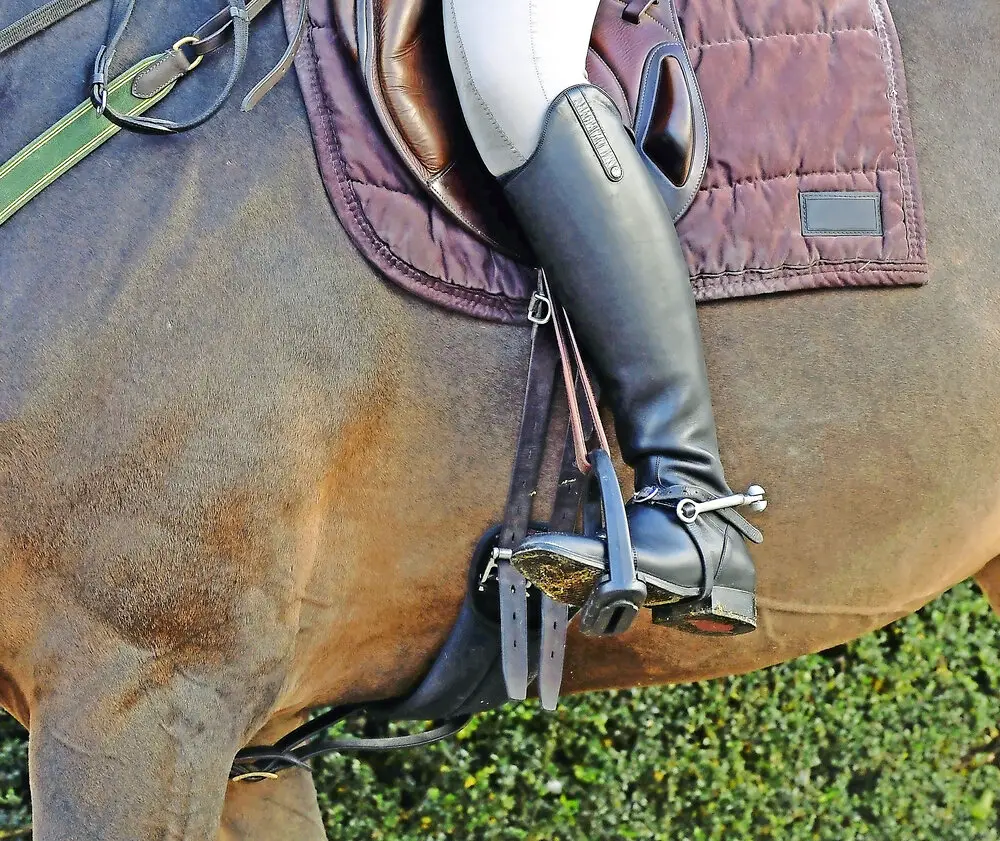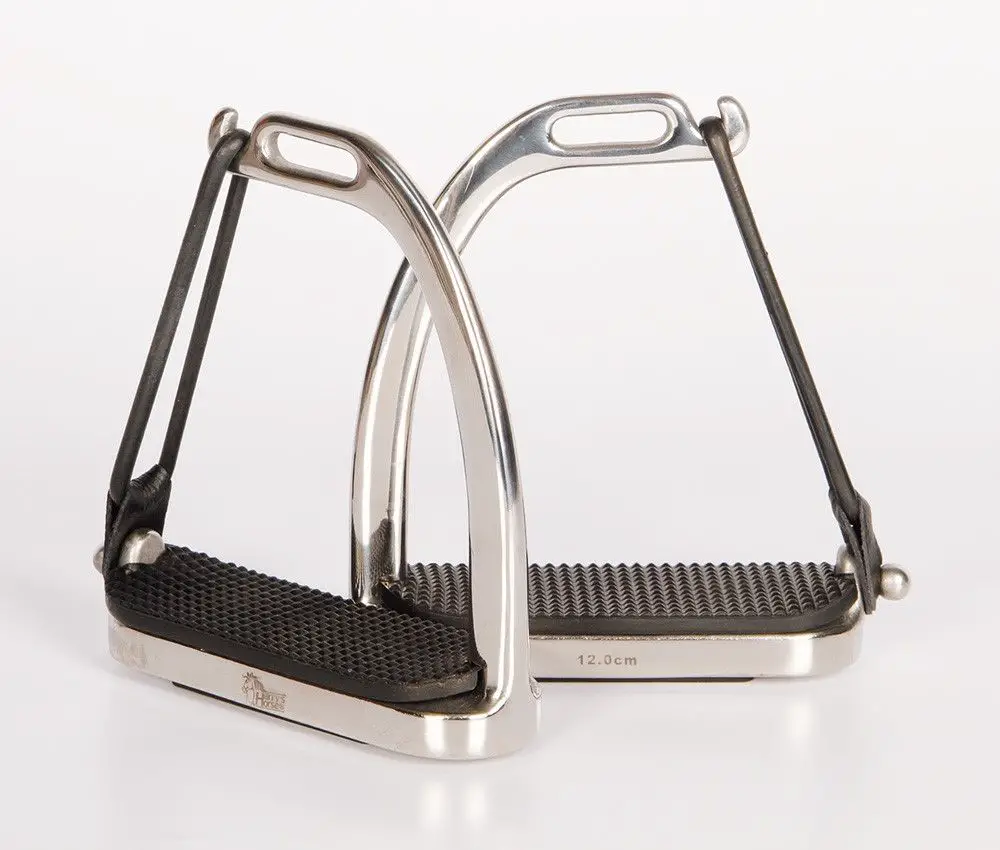Stirrups are an essential piece of equipment for horseback riding, serving as a platform for the rider’s feet and providing stability and balance while in the saddle. They have been used for centuries, evolving from simple loops or rings to the more intricate designs we see today. In this article, we will explore the significance of stirrups in horse riding, their different types and variations, and how they contribute to the rider’s comfort and safety.
History of Stirrups

The history of stirrups can be traced back to ancient civilizations such as the Chinese, who are believed to have used rudimentary stirrups made of wood or metal as early as the 3rd century AD. These early stirrups provided riders with a more stable and secure seat, allowing them to effectively control their mounts during battle and other activities.
As equestrian practices spread across the globe, stirrups evolved to suit different riding styles and needs. In medieval Europe, stirrups became an integral part of knights’ armor, enabling them to wield weapons and engage in combat from horseback. Over time, various cultures developed their own unique stirrup designs, each tailored to the specific demands of their equestrian pursuits.
The Function of Stirrups

Stirrups serve several important functions for riders. Firstly, they provide a secure foothold, allowing the rider to maintain balance and stability while mounted. This is especially crucial during activities such as jumping, where the rider’s position and control are paramount to a successful performance.
Additionally, stirrups aid in distributing the rider’s weight evenly across the horse’s back, reducing the pressure on any one particular area. This is essential for the horse’s comfort and well-being, particularly during long rides or strenuous activities.
Furthermore, stirrups enable the rider to communicate with the horse more effectively. By having a solid base of support, the rider can use subtle shifts in weight and leg pressure to convey commands to the horse, facilitating precise and nuanced control.
Types of Stirrups

Stirrups come in a variety of designs, each tailored to different disciplines and rider preferences. Traditional stirrups are often made of metal, such as stainless steel or aluminum, and feature a flat footbed with a slight incline to accommodate the rider’s foot.
Western-style stirrups are typically larger and wider, providing more surface area for the rider’s boot. They may also incorporate decorative elements and intricate patterns, reflecting the aesthetics of Western riding traditions.
In contrast, English-style stirrups tend to be more streamlined and lightweight, with a focus on minimalistic design and functionality. Some English stirrups feature rubber pads or inserts to provide additional grip and comfort for the rider.
There are also specialized stirrups designed for specific disciplines, such as endurance riding or dressage. These may incorporate innovative materials or ergonomic features to address the unique demands of each discipline.
Modern Innovations in Stirrup Design

Advancements in materials and technology have led to the development of modern stirrups that offer enhanced performance and rider comfort. For instance, some stirrups are now designed with shock-absorbing mechanisms to reduce impact on the rider’s joints and provide a more comfortable riding experience.
Additionally, safety stirrups have become increasingly popular, featuring quick-release mechanisms or flexible joints that can prevent the rider from getting caught in the stirrups in the event of a fall. These safety features are especially important for riders engaging in high-speed or high-risk activities.
Furthermore, there has been a growing emphasis on ergonomics in stirrup design, with manufacturers focusing on creating stirrups that promote proper alignment and reduce strain on the rider’s body. This has led to the development of stirrups with angled footbeds and adjustable tread positions, catering to individual rider preferences and anatomical considerations.
Caring for Stirrups

Proper maintenance and care are essential for ensuring the longevity and functionality of stirrups. Regular cleaning and inspection can help prevent rust, corrosion, or wear and tear, which could compromise the safety and stability of the equipment.
For metal stirrups, a simple wipe down with a damp cloth and mild soap can help remove dirt and debris. It’s important to dry the stirrups thoroughly after cleaning to prevent moisture-related damage. Additionally, applying a light coat of oil or lubricant to metal components can help prevent rust and maintain smooth movement.
For stirrups with rubber or synthetic components, it’s important to check for any signs of wear or deterioration, as these materials may degrade over time. Replacement may be necessary if the integrity of the stirrups is compromised.
Choosing the Right Stirrups

When selecting stirrups, riders should consider their individual needs, riding style, and preferences. Factors such as foot size, weight, and riding discipline can influence the choice of stirrup design and material.
It’s also important to consider safety features and ergonomic considerations, particularly for riders who engage in high-impact or high-risk activities. A thorough understanding of the different types of stirrups available, as well as their respective benefits and drawbacks, can help riders make informed decisions when purchasing new equipment.
Additionally, seeking guidance from experienced equestrians or professional instructors can provide valuable insights into selecting the most suitable stirrups for specific riding goals and requirements.
Curious about horse tack and equipment? Explore our articles on Percheron horses, stringhalt in horses, and martingales for horses for a deeper understanding of the equestrian world!
Conclusion
Stirrups play a vital role in horse riding, providing stability, balance, and support for the rider while mounted. Their evolution over centuries has led to a diverse array of designs and materials, each tailored to different riding styles and disciplines.
As technology and innovation continue to drive advancements in equestrian equipment, we can expect to see further refinements in stirrup design, with a focus on safety, comfort, and performance. By understanding the significance of stirrups and the options available, riders can make informed choices to enhance their riding experience and ensure the well-being of their equine partners.



